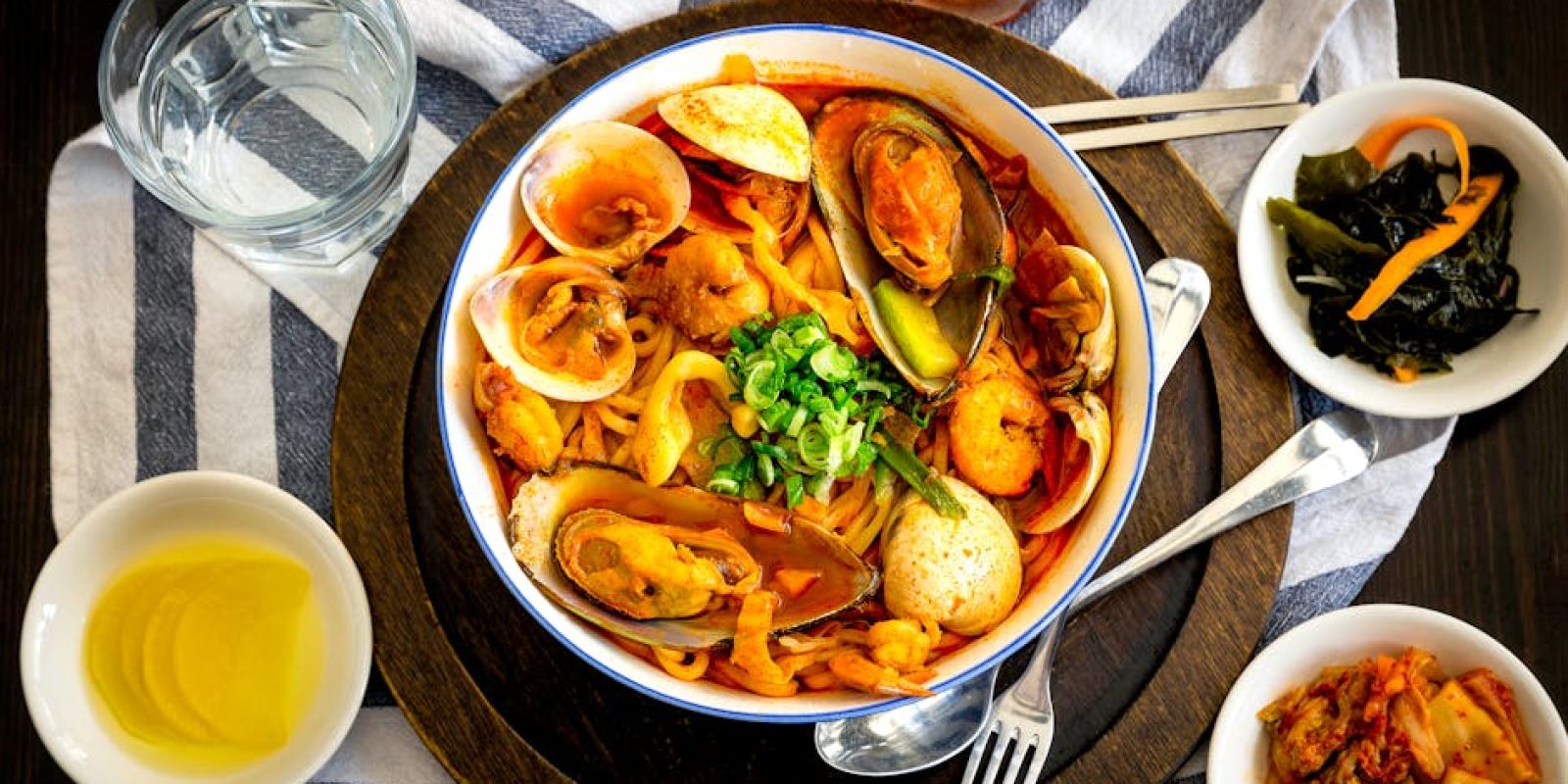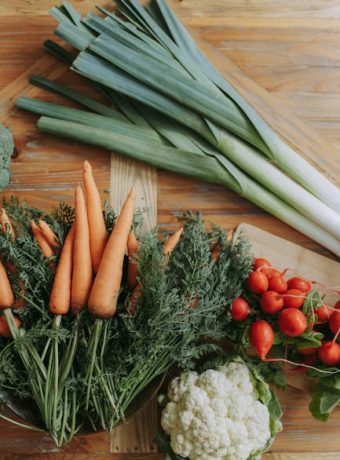Healthy Food in Korean Cuisine: Light and Healthy Kimchi
Welcome to the flavorful world of Korean cuisine, where health meets taste. Today, we’re diving into the zesty, crunchy goodness of kimchi—a staple in Korean households. Whether you’re a seasoned kimchi enthusiast or a curious newbie, this guide will enlighten you on why kimchi is a powerhouse of nutrition. 🥬
Table of Contents
1. Introduction to Kimchi
2. Nutritional Benefits of Kimchi
3. How to Make Your Own Kimchi
4. Incorporating Kimchi into Your Diet
5. Conclusion
6. FAQ
Introduction to Kimchi
Kimchi is more than just a side dish; it’s a celebration of fermentation and flavor. Originating from Korea, this traditional dish is primarily made with napa cabbage, radishes, and a blend of spices, including garlic, ginger, and the ever-important gochugaru (Korean chili powder). The magic of kimchi lies in its fermentation process, which not only enhances its taste but also boosts its health benefits.
Nutritional Benefits of Kimchi 🥗
If you’re looking for a food that’s both delicious and nutritious, kimchi is your answer. Here’s why:
– **Rich in Probiotics:** Kimchi’s fermentation process increases its probiotic content, promoting a healthy gut by enhancing digestion and boosting immunity. 🦠
– **Low in Calories:** A serving of kimchi is low in calories, making it a perfect addition to any meal without tipping the scales.
– **Packed with Vitamins and Minerals:** Kimchi is rich in vitamins A, B, and C, as well as calcium and iron, supporting overall health.
– **Anti-inflammatory Properties:** The ingredients in kimchi, such as garlic and ginger, have anti-inflammatory effects, contributing to reduced inflammation in the body.
How to Make Your Own Kimchi 🥣
Making kimchi at home is easier than you might think! Here’s a simple recipe to get you started:
1. **Ingredients:**
– 1 medium napa cabbage
– 1/4 cup sea salt
– 1 tablespoon grated ginger
– 4 cloves of garlic, minced
– 1 tablespoon sugar
– 2 tablespoons fish sauce (optional)
– 3 tablespoons gochugaru
– 1 bunch green onions, chopped
– 1 small carrot, julienned
2. **Instructions:**
– Chop the cabbage and soak it in salted water for 2 hours.
– Rinse and drain the cabbage.
– In a bowl, mix ginger, garlic, sugar, fish sauce, and gochugaru.
– Add cabbage, green onions, and carrot to the spice mix.
– Massage the mixture until well coated.
– Pack the mixture tightly into a clean jar, leaving some space at the top.
– Let it ferment at room temperature for 1-5 days, tasting daily until desired flavor is achieved.
Incorporating Kimchi into Your Diet 🌯
Kimchi is versatile and can be enjoyed in various ways:
– **As a Side Dish:** The most traditional way to enjoy kimchi is as a banchan (side dish) with any meal.
– **In Soups and Stews:** Add kimchi to your soups and stews for a spicy, tangy kick.
– **In Wraps and Sandwiches:** Use kimchi to add crunch and flavor to wraps and sandwiches.
– **In Fried Rice:** Stir-fry kimchi with rice and vegetables for a quick, tasty meal.
Conclusion
Kimchi is not just a dish; it’s a delightful blend of health and taste. With its myriad of health benefits and versatility, it’s no wonder kimchi has become a global culinary phenomenon. So, why not try making your own batch and experience the magic of kimchi yourself? 😊
FAQ
Can I make kimchi without fish sauce?
Absolutely! You can substitute soy sauce or leave it out altogether for a vegan version.
How long does kimchi last?
Kimchi can last for several months if stored in the refrigerator. The flavor will continue to develop over time.
Is kimchi spicy?
Yes, traditional kimchi is spicy due to the gochugaru. However, you can adjust the spice level to your preference.
What if my kimchi is too sour?
Over-fermented kimchi can be used in dishes like kimchi stew or fried rice, where the sourness is balanced by other flavors.
Can I use other vegetables to make kimchi?
Definitely! While napa cabbage is traditional, you can experiment with cucumbers, radishes, and even carrots.



